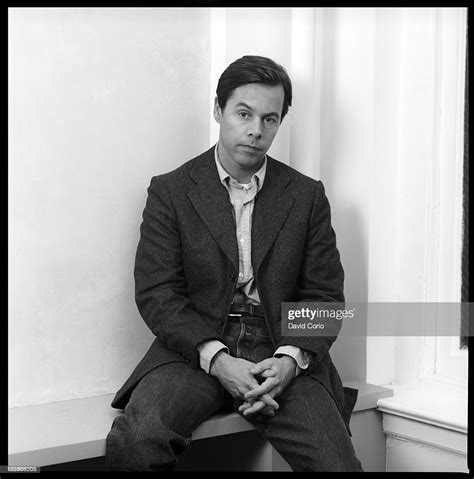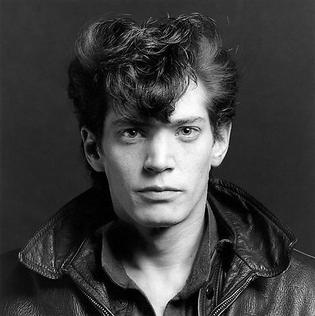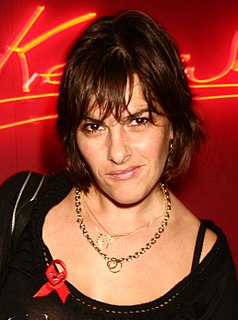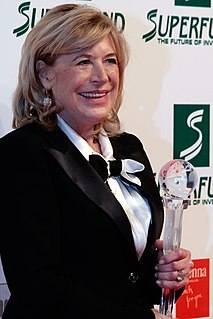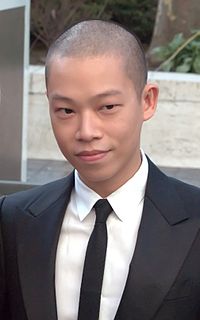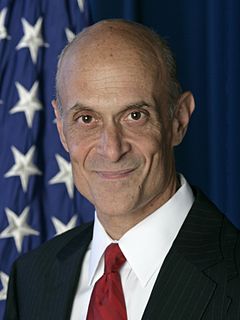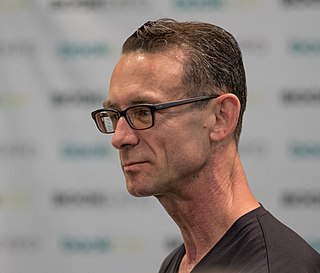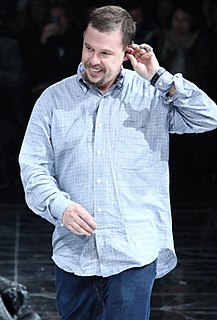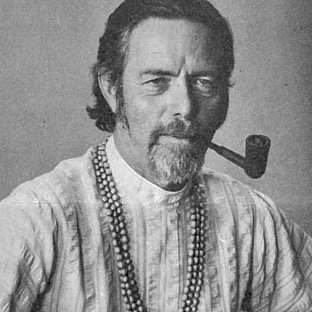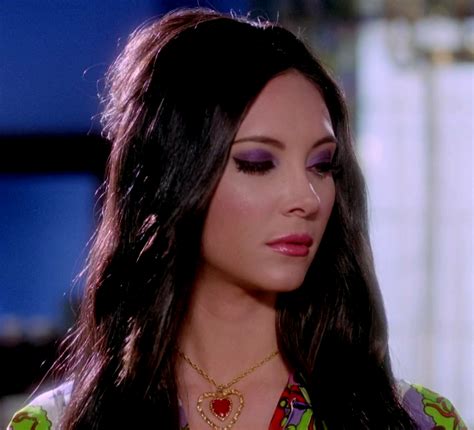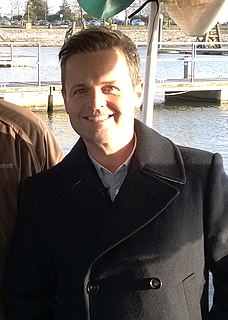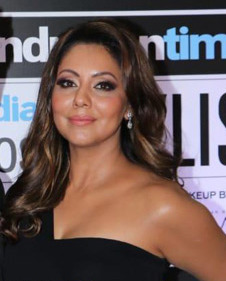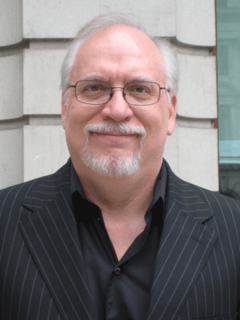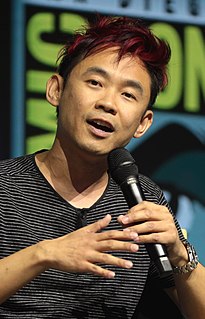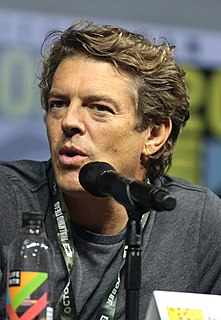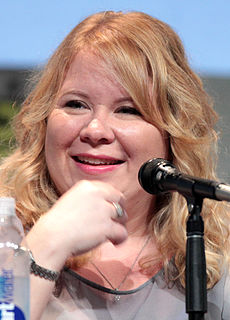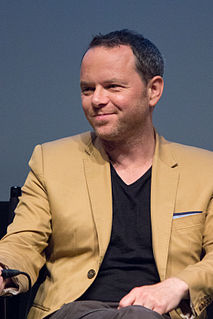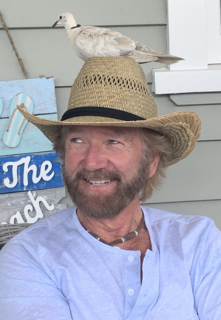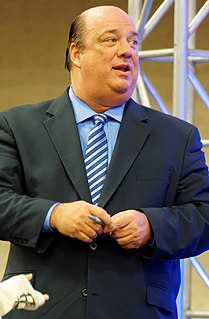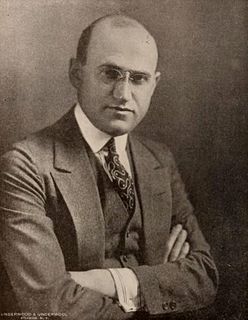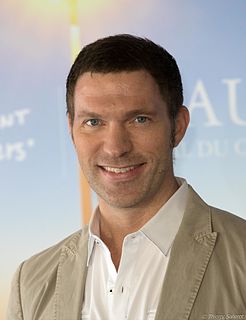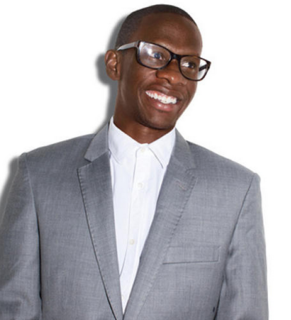A Quote by Andy Spade
There are a lot of things that you see in the world ...We have a collection of gloves that have been run over by trucks that a friend named JP Williams collects. They are really beautiful. They look like sculpture. And he has a hundred pictures of them - we're making a book out of them. It's all that kind of ephemera, things that exist that no one really looks at unless it's put to them in a certain way.
Related Quotes
I like to look at pictures, all kinds. And all those things you absorb come out subconsciously one way or another. You'll be taking photographs and suddenly know that you have resources from having looked at a lot of them before. There is no way you can avoid this. But this kind of subconscious influence is good, and it certainly can work for one. In fact, the more pictures you see, the better you are as a photographer.
I like poor materials. I couldn't see myself making a bronze sculpture - it's not me. I like neon, because it's moving constantly and like drawing. The chemicals going through the neon turns me on really - it's sexy. I like fabrics, but one of the main things with objects is that I really have to love them before I can use them. I have to have the object around me a long time. The little chairs I used in my last White Cube show are ones that my dad bought for me. A sort of a psychometry with objects and things. It's like the pieces I've made are my things.
What we did with Avatar, if you really look at it, we took things that are out there in the world every day, we just made them bigger, shinier. ... But all our inspiration comes from the real world. So if you really look, you can see all those things around you, and I would just encourage people to get out and look for it.
But one thing that we have done in the last four years is we have really put pressure on the leadership of this organization [Al Qaeda]. We have killed a significant number of leaders. We've captured others. Those that remain have to look over their shoulders, they have to be on the run. So that even if we don't manage to kill or capture them all within four years, what we do do is put the kind of pressure on them that makes them focus on their own skins, as opposed to carrying out attacks.
To a certain extent everybody has a certain sort of way of being a persona that they learn how to be when they're really little. They figure out that if they're really funny, or really pretty, or if they work really, really hard or are really smart, then that's what's going to get them by. That is what is going to make people like them.
My friend George and I were walking on the beach in Norfolk, and there were thousands of [razor-clam] shells. They were so beautiful, I thought I had to do something with them. So, we decided to make [a dress] out of them. . . . The shells had outlived their usefulness on the beach, so we put them to another use on a dress. Then Erin [O’Conner] came out and trashed the dress, so their usefulness was over once again. Kind of like fashion, really.
My Picassos and Ferraris - those are kind of just toys. Those aren't the things that matter. What matters in the car collecting or the art collecting is to learn about it, and then actually not the acquisition but to put them into a collection that I think is curated. You know, so something of me in the collection that the artist actually created the work. If I was going to collect art, it had to be something of me, my eye, things that appeal to me so when I looked at it, it would really look like a collection, not just an accumulation of stuff.
And also it's an ever-gathering process. If I pick up the Sporting News or some sports publication and there's an article on somebody and I think I might see that player, I will tear it out and put it in a file, and I have a looseleaf book so when we're going to play that particular team I take out all these clippings and things I pulled out, I go through them, highlight them, put them in the book.
For there is a growing apprehension that existence is a rat-race in a trap: living organisms, including people, are merely tubes which put things in at one end and let them out at the other, which which both keeps them doing it and in the long run wears them out. So to keep the farce going, the tubes find ways of making new tubes, which also put things in at one end and let them out at the other.
Women sometimes really love to look at other beautiful women on the screen. But they don't look at a woman the way a man looks at a woman. They want to be that woman. They like if a woman is beautiful or sexy, especially if she's powerful. They like to see her catch a man, or to be powerful in the world. I think this is why a lot of women love noir films and classic films because they can really identify with these really strong, beautiful women. That's the kind of power that women have lost culturally.
You've got to give kids really beautiful children's books in order to turn them into revolutionaries. Because if they see these beautiful things when they're young, when they grow up they'll see the real world and say, 'Why is the world so ugly?! I remember when the world was beautiful.' And then they'll fight, and they'll have a revolution. They'll fight against all of our corruption in the world, they'll fight to try to make the world more beautiful. That's the job of a good children's book illustrator.
